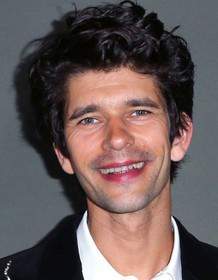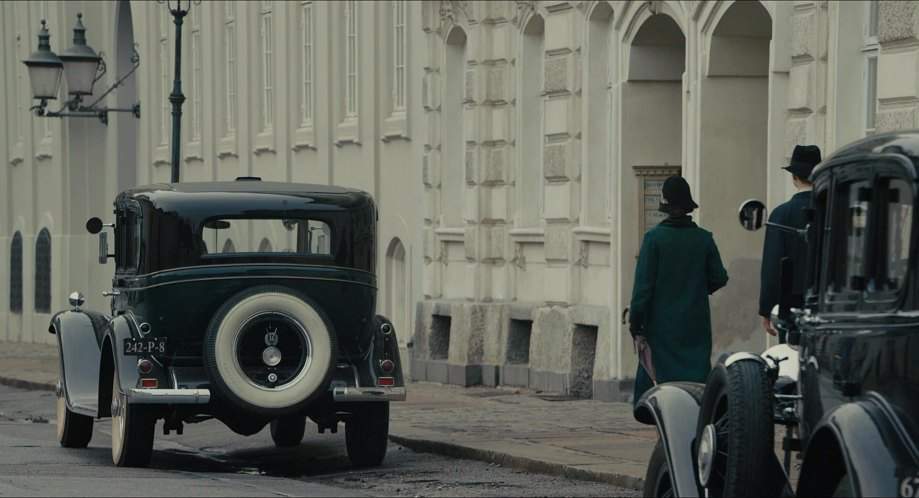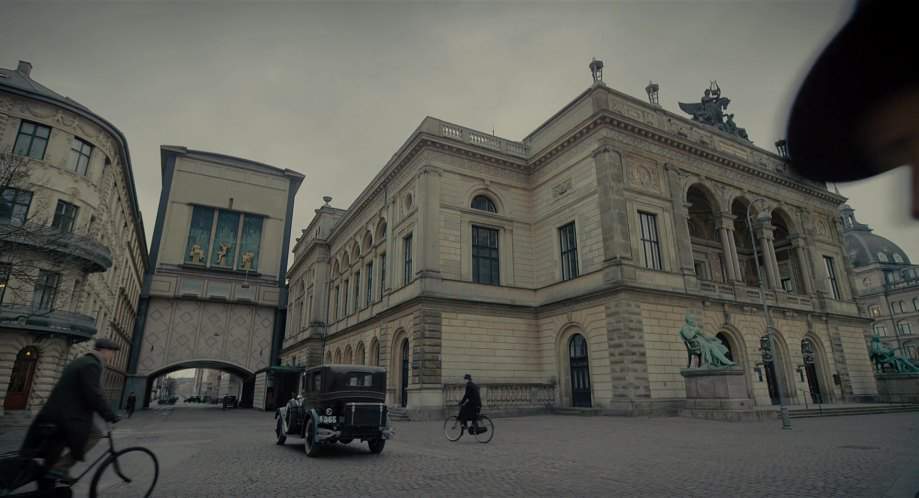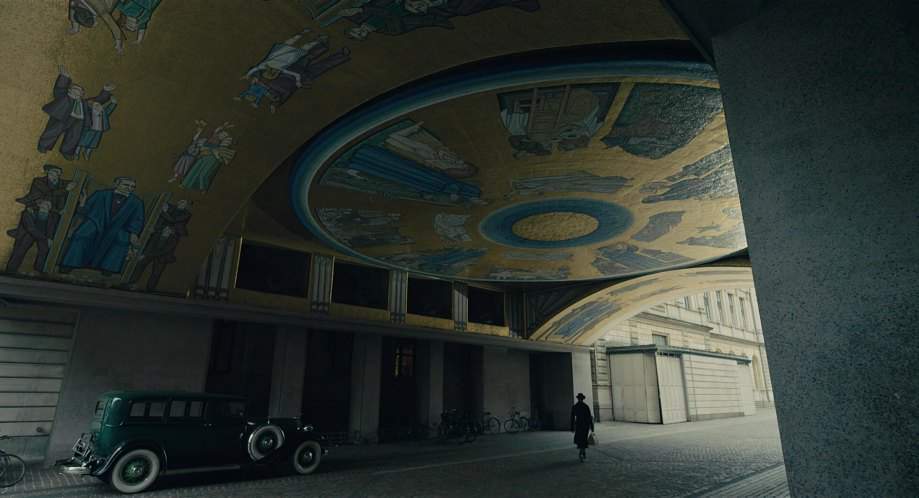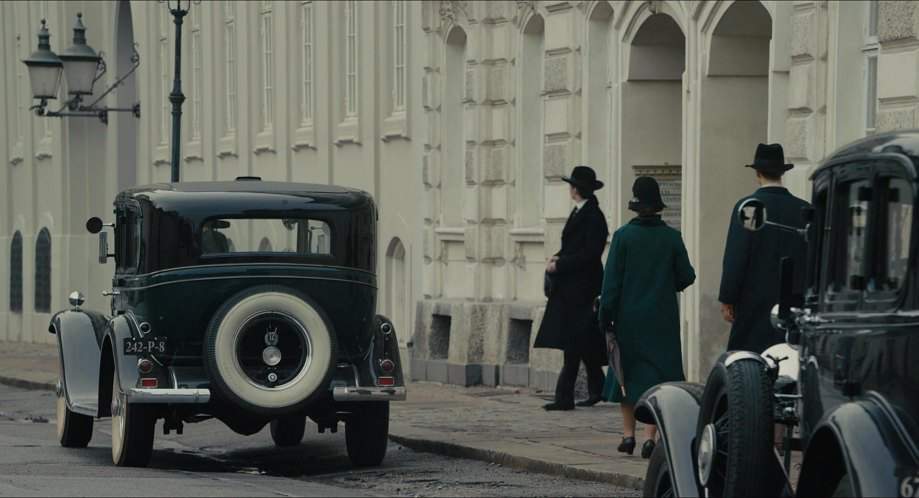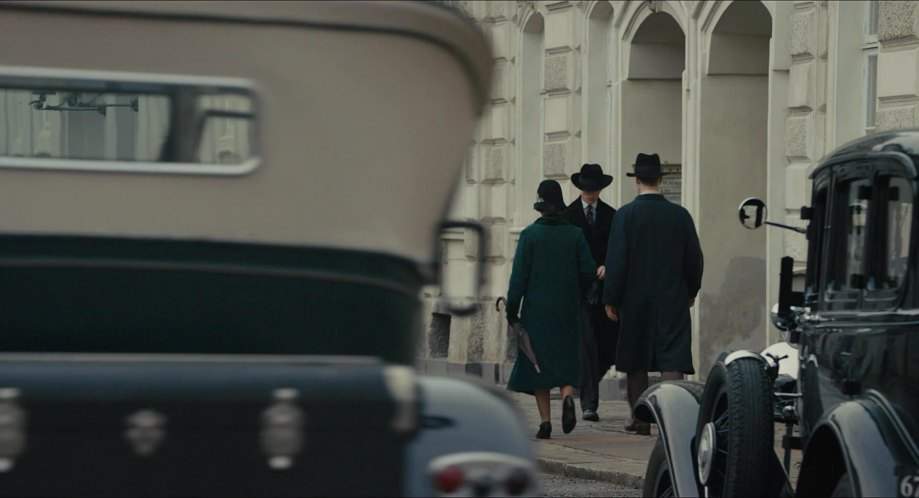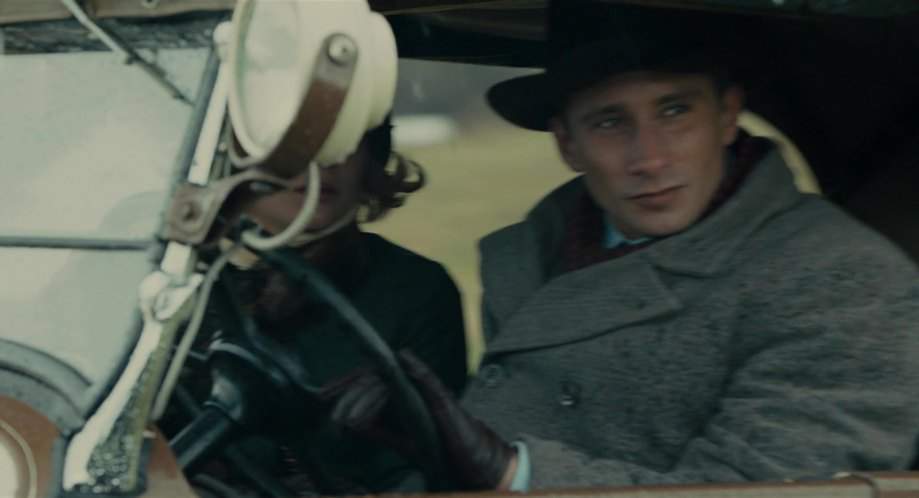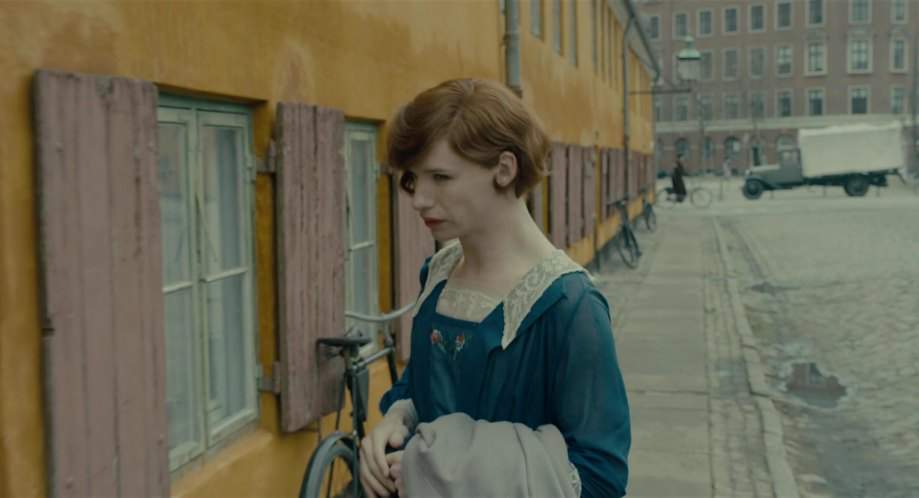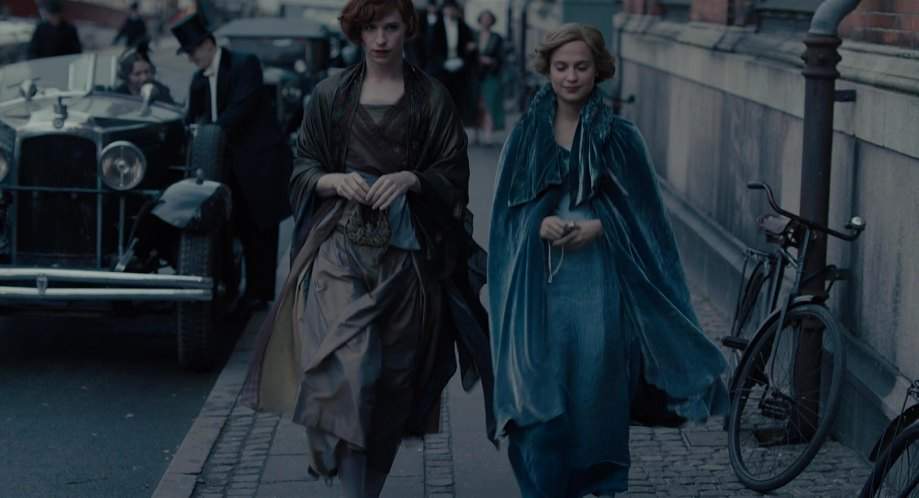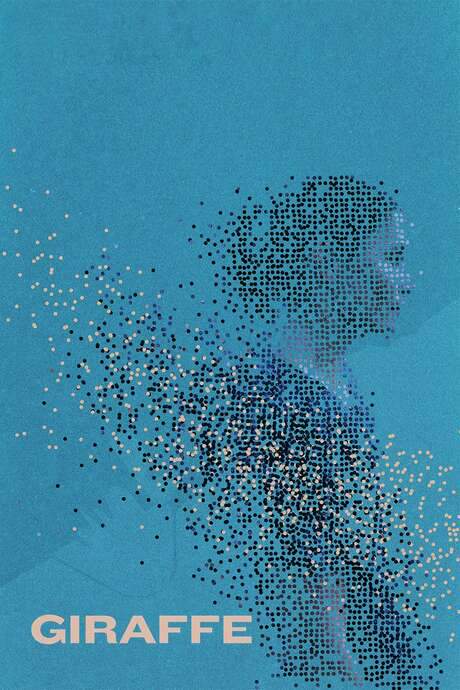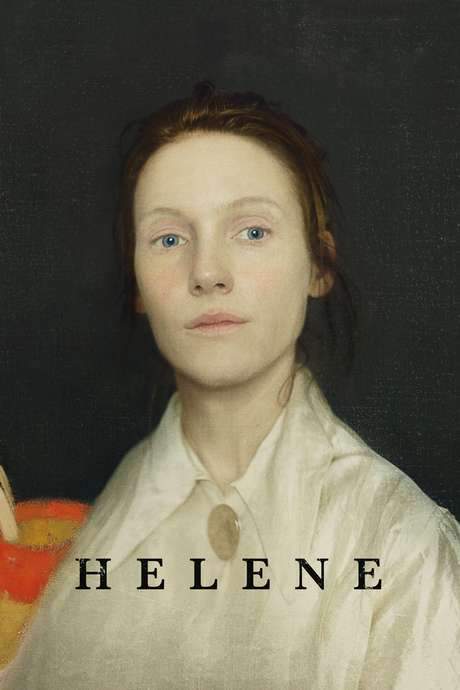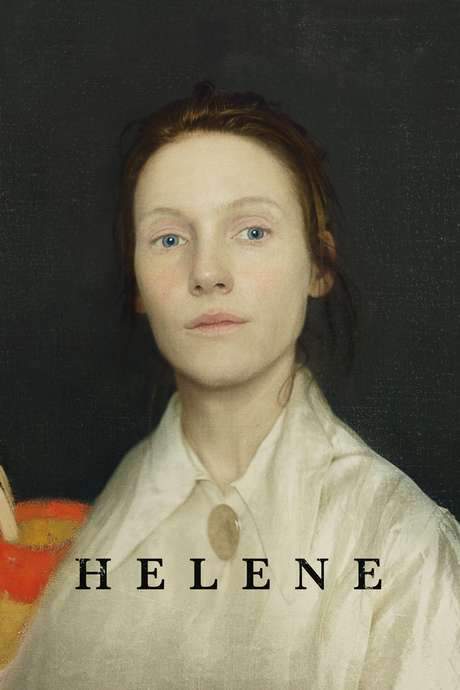The Danish Girl 2015
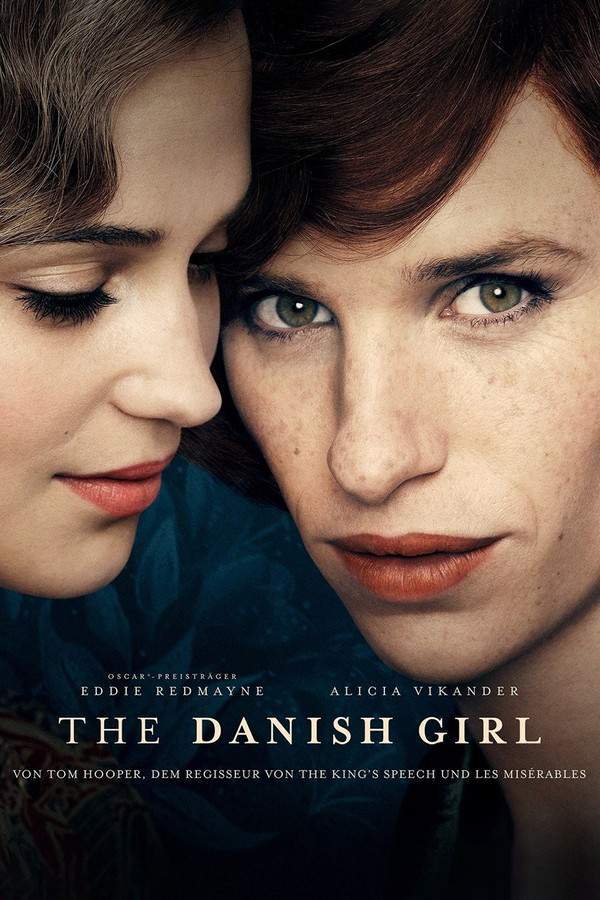
Set in 1920s Denmark, this story explores the complex relationship of a couple as one of them embarks on a journey of self-discovery. The wife asks her husband to paint her as a woman, leading to a profound exploration of gender identity and acceptance. As they navigate the evolving artistic and personal landscape, their bond is tested and transformed, revealing a tender portrayal of love and the courage to embrace one's true self.
Does The Danish Girl have end credit scenes?
No!
The Danish Girl does not have end credit scenes. You can leave when the credits roll.
Meet the Full Cast and Actors of The Danish Girl
Explore the complete cast of The Danish Girl, including both lead and supporting actors. Learn who plays each character, discover their past roles and achievements, and find out what makes this ensemble cast stand out in the world of film and television.
External Links and Streaming Options
Discover where to watch The Danish Girl online, including streaming platforms, rental options, and official sources. Compare reviews, ratings, and in-depth movie information across sites like IMDb, TMDb, Wikipedia or Rotten Tomatoes.
Ratings and Reviews for The Danish Girl
See how The Danish Girl is rated across major platforms like IMDb, Metacritic, and TMDb. Compare audience scores and critic reviews to understand where The Danish Girl stands among top-rated movies in its genre.

66
Metascore
6.7
User Score


65%
TOMATOMETER

72%
User Score

7.1 /10
IMDb Rating

76
%
User Score

3.4
From 1.2K fan ratings

4.08/5
From 13 fan ratings
Take the Ultimate The Danish Girl Movie Quiz
Challenge your knowledge of The Danish Girl with this fun and interactive movie quiz. Test yourself on key plot points, iconic characters, hidden details, and memorable moments to see how well you really know the film.
The Danish Girl Quiz: Test your knowledge on the poignant story of Gerda and Einar Wegener in 'The Danish Girl'.
In which year does the story of 'The Danish Girl' begin?
1926
1930
1924
1918
Show hint
Awards & Nominations for The Danish Girl
Discover all the awards and nominations received by The Danish Girl, from Oscars to film festival honors. Learn how The Danish Girl and its cast and crew have been recognized by critics and the industry alike.
88th Academy Awards 2016


Costume Design
Production Design
69th British Academy Film Awards 2016


Best Costume Design
Best Makeup and Hair
Outstanding British Film
21st Critics' Choice Awards 2016


Best Art Direction
Best Costume Design
Best Hair and Makeup
22nd Annual Screen Actors Guild Awards 2016


31st Artios Awards 2016
Studio or Independent – Drama
73rd Golden Globe Awards 2016


Full Plot Summary and Ending Explained for The Danish Girl
Read the complete plot summary of The Danish Girl, including all major events, twists, and the full ending explained in detail. Explore key characters, themes, hidden meanings, and everything you need to understand the story from beginning to end.
The film opens with a stunning montage of landscapes, and soon transitions to a painting that rivals the breathtaking cinematography we just experienced. This artwork is admired by Gerda Wegener, who is attending an art exhibition. A patron remarks that Gerda’s art pales in comparison to that of her husband, Einar Wegener, the talented artist behind the piece she’s viewing. The gallery owner heralds Einar as part of the elite one percent of gifted Danish artists.
As a title card informs us that it is now 1926 in Copenhagen, Denmark, the couple makes their way home from the exhibit. Gerda lightheartedly mocks the man who praised Einar, just as a passerby admonishes them to quiet down in the late hour. Their laughter accompanies them as they hurry home.
The next morning sees Gerda engrossed in painting a man’s portrait while Einar visits their friend, Oona Paulson, at her ballet class. He expresses a desire to let Gerda focus, believing his presence would be a distraction. At home, Gerda informs her model that men often feel intimidated by the gaze of a woman. Einar, meanwhile, is working on a detailed painting of five trees in the woods—a scene he finds in their town—taking much longer than Gerda due to his meticulous nature. Their affectionate relationship culminates in intimacy as Gerda takes off her clothes and Einar admires her undergarments, finding them beautiful.
Gerda is busy completing a large portrait when she finds herself without a model. Asking Einar to don a pair of stockings and shoes to help her finish, he reluctantly agrees, with Gerda showing him how to wear them. Just then, Oola arrives, delighted by the sight of Einar dressed as a model, handing him a lily and suggesting that perhaps Lily should be his name.
After receiving critique from an art collector who suggests she needs a unique subject, Gerda hesitantly shares the feedback with Einar. In a tender moment, she kisses him, only to be surprised when she discovers he is wearing her undergarments. The next morning, Gerda sketches Einar while he sleeps, depicting an androgynous figure that blurs the lines between male and female. When he awakens, she tells him how beautiful he is.
Their social gathering with Oola takes a playful turn as she recounts her escapades, and Gerda reminisces about how Einar admired her ankles during their courtship. As Gerda hints at their early days, Einar’s discomfort with his identity begins to surface, especially when they attend an event and Gerda suggests he could disguise himself as Lili. With makeup and a wig, he transforms into Lili, a character that captivates the attention of Henrik at the party.
The evening takes a confusing turn for Gerda as she perceives the strong connection between Lili and Henrik, leading to a series of questions regarding their identities and feelings. As Einar embraces his feminine persona more often, Gerda begins to see Lili as her subject and paints her. The fulfillment she finds in these paintings contrasts sharply with Einar’s internal struggles regarding his identity.
In Paris, the couple distances themselves further as Einar increasingly embodies Lili. He visits seedy parts of the city and mimics the behaviors he observes. Meanwhile, Gerda encounters Hans Axgil, a childhood friend of Einar’s. The complexity of their relationships deepens, forming an anguished love triangle as Hans expresses a romantic interest in Gerda, complicating matters even further.
Confronted with the realities of Einar’s feelings and the medical community’s responses to his identity, they seek the help of a doctor who proposes a radical solution. Einar’s dreams of fully becoming Lili lead to a decision for surgery, a moment filled with apprehension and hope. Gerda supports him, capturing both the struggle and triumph of transitioning.
While awaiting the second operation, Lili’s desire to embrace her identity complicates her relationship with Gerda but promises a journey filled with challenges. As Lili finally undergoes the surgery, the experience is harrowing yet imbued with a sense of completion. Tragically, despite Lili’s joy at finally embracing her true self, the recovery takes a dire turn.
In the poignant conclusion, Gerda and Hans reflect on memories in Denmark, standing amidst Einar’s beloved trees as they confront their loss. The scarf Gerda wears drifts away, symbolizing Lili’s liberation. Though heart-wrenching, the final scenes capture the beauty of self-discovery and the bittersweet acceptance of freedom.
Uncover the Details: Timeline, Characters, Themes, and Beyond!

Coming soon on iOS and Android
The Plot Explained Mobile App
From blockbusters to hidden gems — dive into movie stories anytime, anywhere. Save your favorites, discover plots faster, and never miss a twist again.
Sign up to be the first to know when we launch. Your email stays private — always.
Watch Trailers, Clips & Behind-the-Scenes for The Danish Girl
Watch official trailers, exclusive clips, cast interviews, and behind-the-scenes footage from The Danish Girl. Dive deeper into the making of the film, its standout moments, and key production insights.
Cars Featured in The Danish Girl
Explore all cars featured in The Danish Girl, including their makes, models, scenes they appear in, and their significance to the plot. A must-read for car enthusiasts and movie buffs alike.
The Danish Girl Themes and Keywords
Discover the central themes, ideas, and keywords that define the movie’s story, tone, and message. Analyze the film’s deeper meanings, genre influences, and recurring concepts.
The Danish Girl Other Names and Titles
Explore the various alternative titles, translations, and other names used for The Danish Girl across different regions and languages. Understand how the film is marketed and recognized worldwide.
Articles, Reviews & Explainers About The Danish Girl
Stay updated on The Danish Girl with in-depth articles, critical reviews, and ending explainers. Explore hidden meanings, major themes, and expert insights into the film’s story and impact.
Similar Movies To The Danish Girl You Should Know About
Browse a curated list of movies similar in genre, tone, characters, or story structure. Discover new titles like the one you're watching, perfect for fans of related plots, vibes, or cinematic styles.
Quick Links: Summary, Cast, Ratings, More

What's After the Movie?
Not sure whether to stay after the credits? Find out!
Explore Our Movie Platform
New Movie Releases (2025)
Famous Movie Actors
Top Film Production Studios
Movie Plot Summaries & Endings
Major Movie Awards & Winners
Best Concert Films & Music Documentaries
Movie Collections and Curated Lists
© 2025 What's After the Movie. All rights reserved.





